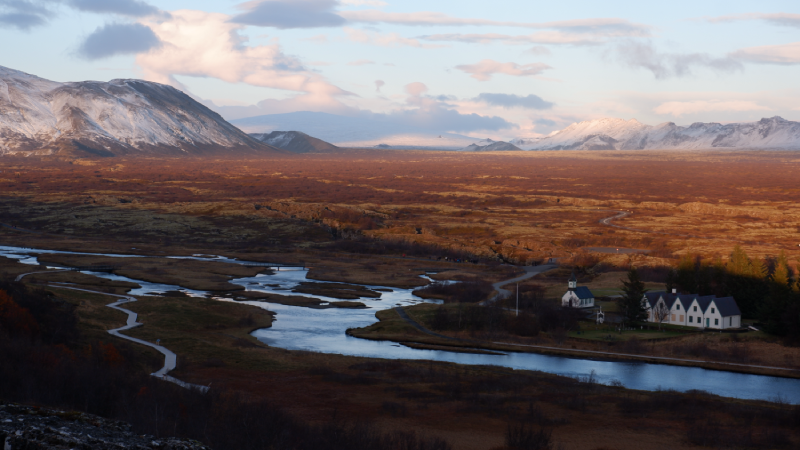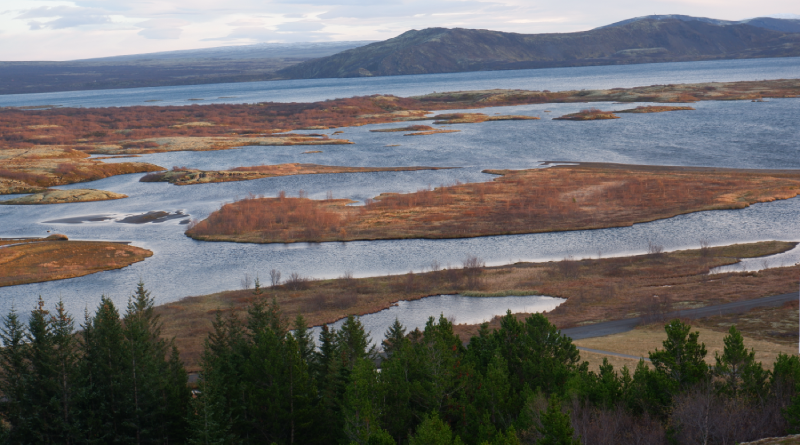The Implications of the Arctic Energy Race
By Neeraja Kulkarni, alumna of The Fletcher School
The boundary around the Arctic Circle consists of eight countries (Canada, Greenland, Iceland, Norway, Sweden, Finland, Russia, and the United States), 53% of which is encompassed by Russia alone. Recently, the Arctic has been emerging as a focus in the geopolitical discourse due to two primary reasons: first, its environmental sensitivity, and second, its strategic importance concerning maritime security and energy resources. Both factors are interrelated in their consequences. This article illustrates a condensed history of the Arctic energy race and what it means today in light of Russia’s invasion of Ukraine.
The Arctic energy race began in earnest during the peak of the Cold War in the 1960s when Russia discovered the Tazovskoye oil and gas condensate field. Subsequently, the United States made its first oil and gas discovery in the Prudhoe Bay field on Alaska’s North Slope in 1968. This race was widened with the entry of Canada in the 1970s when it discovered 250 million barrels of oil and 11 trillion cubic feet of natural gas in what was to be known as the Mackenzie Delta region in the Beaufort Sea. It is important to consider that most oil companies were state-owned in the Cold War era. The global shocks as a result of the 1973 Oil Embargo intensified the demand for oil production for economic and energy security. An increasing number of Northern countries began investing in oil extraction. Norway, for instance, entered the Arctic energy race in the 1980s as Statoil discovered the Snøhvit gas fields in the Barents Sea, which only became commercially viable in the early 2000s given its geographic complexities. Oil exploration in Greenland too had begun in the 1970s.
The post-Cold War era began with a new global sustainable direction in Arctic affairs. In 1996, the Arctic Council was formed to inculcate “sustainability” in Arctic resource extraction and to include Arctic Indigenous Peoples in decision-making processes in the Arctic. Yet, friction between the indigenous peoples and the major oil companies concerning the depletion of land and human rights for oil extraction remains a continued theme in this Arctic discourse. This post-USSR era proved to be an unexplored and exciting economic phase for Russia as its newly formed markets started emerging.

No wonder in 2006, when Russia hosted the Arctic Council, it emphasized the importance of cooperation between the Arctic countries when it came to energy and development. In 2008, a shocking discovery drastically changed the Arctic security landscape. A USGS report suggested that “approximately 90 billion barrels of oil, 1,670 trillion cubic feet of gas, and 44 billion barrels of natural gas liquids remain in the Arctic” and that the Arctic held “13% undiscovered oil reserves and 30% natural gas reserves.” These findings led to the proliferation of energy extraction infrastructure, accelerating the Arctic race exponentially. For instance, the Yamal Megaproject was initiated in 2011 and launched in 2017 by Gazprom, a Russian oil company, toward constructing two functioning offshore gas lines.
The 2010 BP Deepwater Horizon oil spill in the Gulf of Mexico paused U.S. efforts for a short period, after which explorations around Alaska began at a higher momentum. This spill was one of the worst environmental disasters concerning oil extraction, it continues to haunt the industry of its planetary impacts and vulnerabilities in the global market.
While the Arctic nations remained at the center of Arctic issues, the energy landscape had further broadened with the involvement of China. Energy infrastructures played a significant role in strengthening bilateral relations between Russia and China, as by 2010, Sovcomflot Group (SCF) and China National Petroleum Corporation (CNPC) signed a long-term agreement to ship oil and gas from Russia to China. This step would also be a causal effect of China’s push to reduce dependency on Western energy.
In subsequent years, Russian, American, and British companies such as Rosneft, ExxonMobil, and Cairn Energy respectively, continued to explore the Arctic waters. Perhaps incidentally, the Environmental Audit Committee of the British Parliament called to halt reckless drilling in the Arctic given its environmental consequences. Concurrently, in 2021, due to environmental considerations, Greenland (a Danish territory to date) ended its bid to produce oil. Russia considers most of the Northern Sea route as part of its internal waters, which is somewhat disputed by its Arctic neighbors. By the early 2010s, Gazprom had completed its first shipment of natural gas from Norway to Japan via the Northern Sea Route which is alongside Russia’s coastline. Subsequently, Novatek partnered with Total, a French company, and CNPC to construct an LNG plant on the Yamal Peninsula in Russia, adding a much-anticipating Asian market to its portfolio.
Russia has been a significant actor in Arctic energy exploration matters, as reflected in various transnational and bilateral partnerships. However, Russia’s annexation of the Crimean Peninsula in 2014 strained these relationships. Russia remained a participating country of the Arctic Council nevertheless. By the time Russia began its February 2022 invasion of Ukraine, the polarity of Arctic geopolitics had changed drastically. As a result, these partnerships have been in turbulent waters recently as a reaction to sanctions and ideological differences with Russia.
The Northern Sea Route was initially aimed to export energy to European countries. It is crucial for Russia as the route cuts down the journey by almost 35 days. However, it is disputed to be an environmentally and economically sensitive route as oil tankers need separate icebreakers. With melting sea ice in the North, the route is proving to be an attractive alternative to the existing sea route that journeys through the limitations of the Suez Canal. It is important to note that overdependence on this sensitive route might not be beneficial to Russia. European countries and the UK sanctioned the import of Russian energy as a reaction to the invasion. As a result, Russia increased its energy supply to Asia. Specifically, Russia rerouted some of its Arctic and Urals crude oil to China. It is disputed if this redistribution has sufficiently benefited Russia, according to Viktor Katona, lead crude oil analyst at Kpler.
In addition to these geopolitical and energy security implications for Europe, an economically struggling Russia continues to explore the Arctic at an increasingly higher rate. Recently, Russia sent oil tankers into the Arctic without icebreakers, which are escort ships that break a path in the ice in advance of the tanker. Climate change is also causing Arctic ice to thin, making some passages less risky. But while it might be economically efficient for Russia, these risks could still result in catastrophic consequences. For instance, the legal, but highly risky fleet that is transporting oil from Russia to Asia has been referred to as a “shadow fleet,” where the owners are safeguarded by shell companies.
Changing energy landscapes are interwoven with a polarizing security landscape. For instance, in June 2023, the U.S. aimed to establish a “diplomatic footprint” above the Arctic Circle. The war in Ukraine has severe national security implications for European countries and NATO members. Finland’s accession to NATO, and Sweden’s path to the same, both Arctic countries, will further change the Arctic security landscape. I argue that this grouping as a reaction to the war would be an “othering” approach to diplomatic relations with Russia, further cutting off diplomatic ties, and leading to unprecedented consequences.
Arctic countries believe that aggression by either side could range from attacks on underwater cables to attacks on energy infrastructure (predominantly assumed to be Russian as it had attacked Ukrainian Nuclear Energy infrastructure). These polarizing diplomatic relationships would further strain Arctic cooperation. For instance, the Arctic Circle Assembly has frozen the participation of Russia as a consequence to its invasion of Ukraine. While member countries need to condemn acts of aggression and mass migration, much can be argued about this decision as it reflects a double standard and the gravity of power that the U.S. enjoys in international forums. As a byproduct of this expulsion, the 40 Russian indigenous peoples and scientific communities are cut off too, leading to a vulnerable Arctic. All eight countries must collaborate on the diplomatic front and cooperate on the scientific front.

